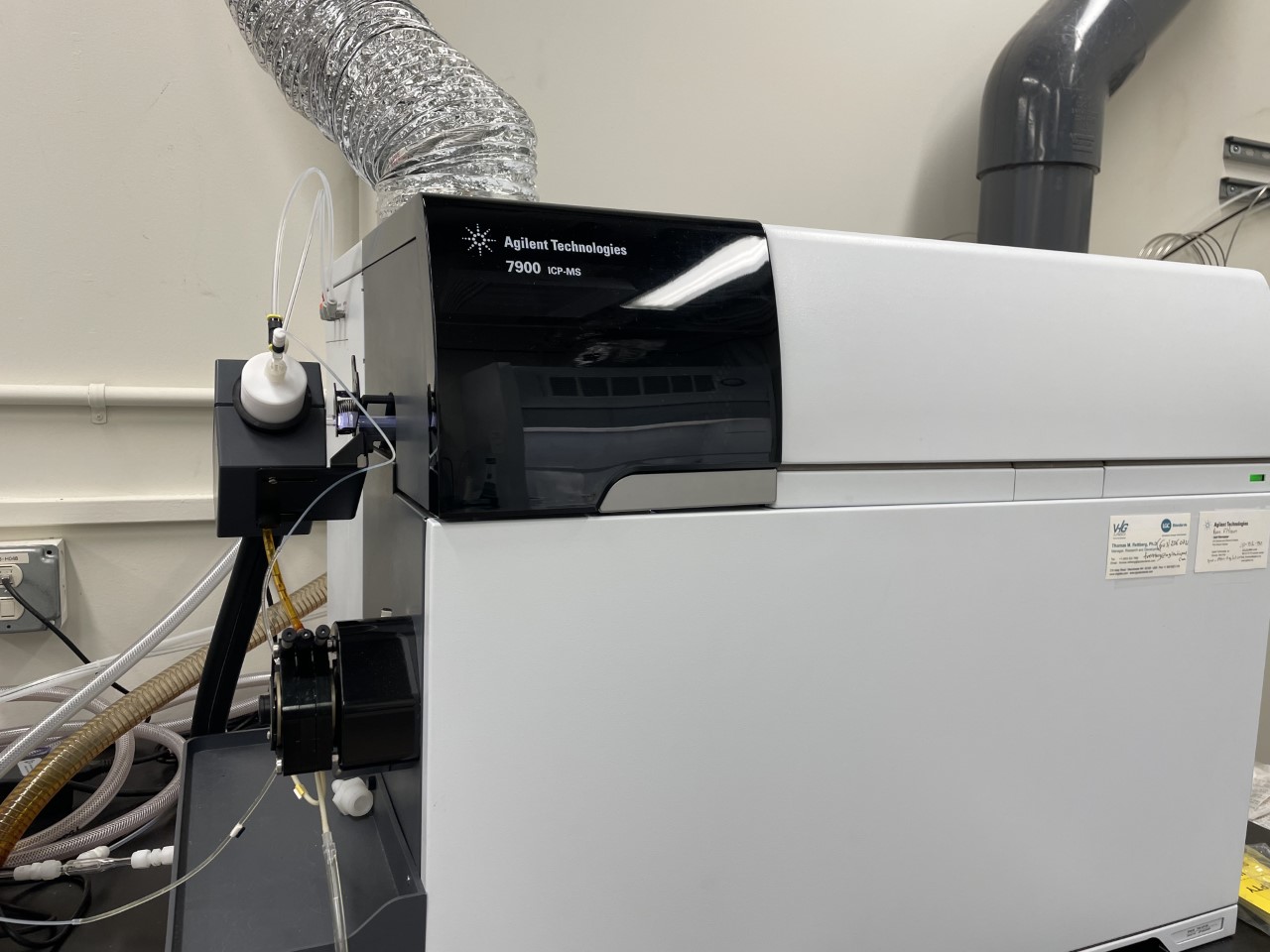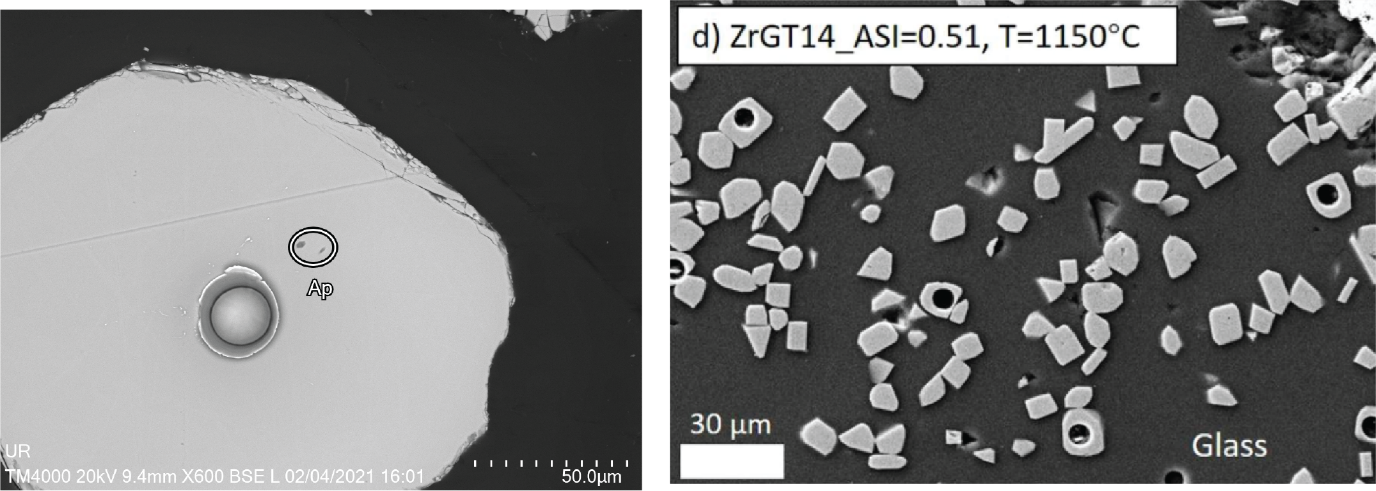LA-ICP-MS
Installed in 2014, the Early Earth and Experimental Geochemistry Lab hosts a laser ablation inductively coupled plasma mass spectrometer (LA-ICP-MS). The Agilent 7900 ICP-MS includes interchangeable Ni and Pt cones, "Ultra High Matrix Introduction" capabilities (e.g., for direct analysis of seawater without dilution steps), standard torches and nebulizers, an autosampler, and a hydrofluoric acid-resistant torch+PFA nebulizer. The ICP-MS also includes an octopole collision cell. This cell utilizes He to separate out isobaric oxide interferences; tests with this technology have achieved CeO/Ce ratios of ~0.15% routinely.

The laser ablation system is a Photon Machines G2 with a Helix 2 sample cell and selectable spot sizes that range from 1 to 155 μm. The G2 is also equipped with an upper and lower polarizer (for cross-polarized light images) and an automated stage for easy creation of sample mosaics (see Trail et al 2016 for an example of a trace element map created with our setup).

The below images are SEM BSE micrographs showing a ~25 µm laser ablation spot in a detrital zircon crystal from Australia (left; image credit-Wriju Chowdhury) and several ~5um laser ablation spots in synthetic zircons (right; image credit- Yanling Wang).

